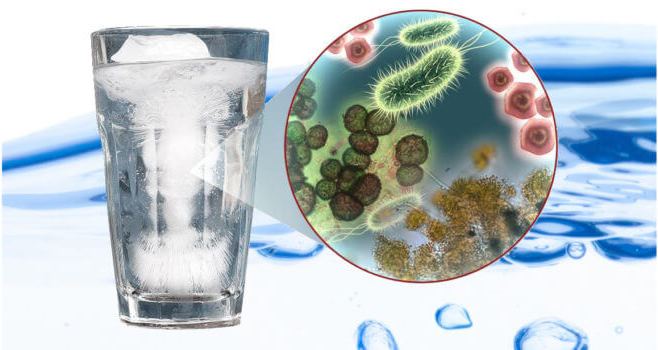Water is a necessity of all life. Every land animal or fresh water animal needs fresh water to survive. Nature has provided the process of the hydro-logical cycle to continuously bring fresh water available to its creatures. We do abuse that cycle, but that’s another topic for another day.

Even though fresh water is made available, be it lakes, rivers, streams or groundwater, there are potential dangers associated with the supplies. Contaminants are in the environment, and can get into your water supply. When treating water, there are two types of contaminants, acute contaminants and chronic contaminants.
ACUTE CONTAMINANTS
By acute, this means a contaminant that posses an immediate threat to your health. In most cases, this means living or biological contaminants. Bacteria, virus’s and protozoa are all potential contaminants and can all cause immediate health problems. This is because living organisms reproduce within your body, so what was once a small dose is now a large, threatening dose. Keep in mind that almost all living microbes will not hurt you. It is a very small percentage of them that will and an even smaller percentage that are life threatening. But it’s those small percentages that we need to kill before they get to you.
CHRONIC CONTAMINANTS
Chronic contaminants are those that generally do not harm you immediately, but repeated exposure over long periods of time will cause issues. These contaminants are things like hydrocarbons, pesticides, herbicides, and the like.
So what is done about potential contaminants? That is the job of your local water purveyors. Their first job is to find a water source that is LOWEST in the potential to have contamination while meeting the quantity needs of the consumer. Testing is done continuously to see what contaminants are there if any and in what quantity. Treatment techniques like sedimentation, coagulation, flocculation, oxidation, advanced filtration techniques, and primary and secondary disinfection are all designed to reduce specific contaminants in a specific water supply.
When you turn on your tap, you can rest easy that the water will be safe to drink from both acute and chronic contaminants.
[1-click-image-ranker]
- How do you use SodaStream Duo – Step by Step Guide? - February 6, 2024
- Why Choose Tankless Systems? Discover the Best Tankless Reverse Osmosis Systems in Cyprus - December 18, 2023
- Comparison of Chlorine vs Chlorine Dioxide: Which is the Superior Sanitizer? - June 25, 2023
